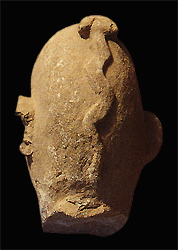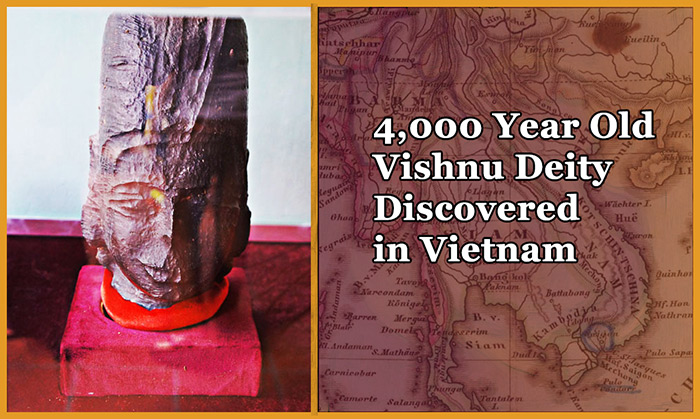The idea of Tibet being an ocean is something to ponder, but of course before The Collision, Tibet must have been on the other side and hence there must have been a long period when it was ocean, whether completely inland or not. Is it now surrounded by high mountains and did the water drain out through a few rivers?

But either way, what was sea-bottom once, would have shells in plenty. And you are right: finding those among "tushara-sanghAta shilAtaleshu api" (per Kalidasa) would have induced congnitive dissonance, esp. for people who knew what the ocean was.
One of the things that have always puzzled me is, how many mountain people had seen the ocean, and vice versa, back 4000 years ago? How long did the trek take from one to the other? All these tales of Adi Sankara being born in Malloostan, doing a PhD on the banks of the Narmada, going on a lecture tour to the Himalayas, Dwaraka, Dhaka, Skardu, Kanyakumari and Puri, converting zillions of would-be Pakis to Advaita, then returning to where he is buried in Malloostan, all by the age of 32, take some strong faith. Surely he did not have to stand in line for tickets on Indian Railways??
But the above story about finding 4000-year-old, beautifully-carved idols is worth checking out. I tried but failed: the closest I found was this:
http://www.visit-mekong.com/vietnam/ho- ... temple.htm
But no mention to be found of any findings or official museums or shows. One of the main problems with "yindoo" claims on the Internet is the profusion of these stories proclaiming miracles, with no reference that can be pursued to the original. Then a whole procession of Yahavendranathas copy the same url and proclaim it (just a general observation).
We need to confirm or reject the above report of a "finding". Of course, finding an idol somewhere does not mean that it was originally made or even established there soon after it was made, it may have been taken there by smugglers the day before it was "found".
But IF there are other such finds that show evidence of an actual Hindu civilization in Vietnam in ancient times, then that is very strong evidence that the ancient SD-based civilization was centered far east of the "Harappan sites" or the Indus Valley. Then, yes, the whole antics of the Bavarian apes leaping through the Khyber Pass becomes even more

So it is important.
Now back to the "4000-year-old" idol pictured: The carving is beautiful. The facial features are captured very nicely, and indicate someone not at all like Early Humans as pictured in Oirope, North America, Africa, South America or Australia but much more like recent desis. Also, the idol is pictured with tall headgear. Made of what? shiny metal? wool? leather? bark? Leaves? Whatever it is, says a lot about the technology. Both aspects, prima facie, tend to support the cynical assertion that there are few extra zeroes in the age. Many "ancient" verses written in praise of the Glory of the Avataras speak of shiny golden crowns. Where was the gold found?
What is the "SD-Seal-Of-Approval" version about the Iron Pillar of Dilli, now considered to have been brought there from the Khandagiri rock temples of Bhuvaneshwar? This was the proof that sophisticated metal processing existed at least as far back as those, in Eastern India.
Also, does anyone have info on the original optical system that was inside the main hall of the Konark Sun Temple (now closed to visitors)? What was it? (It was some neat engineering contraption on a large scale!) There must have been a chronograph (based on what is seen outside), maybe a seasonal thing, must have been mirrors (made of what?), but was there also a prism, and if so, made of what?

